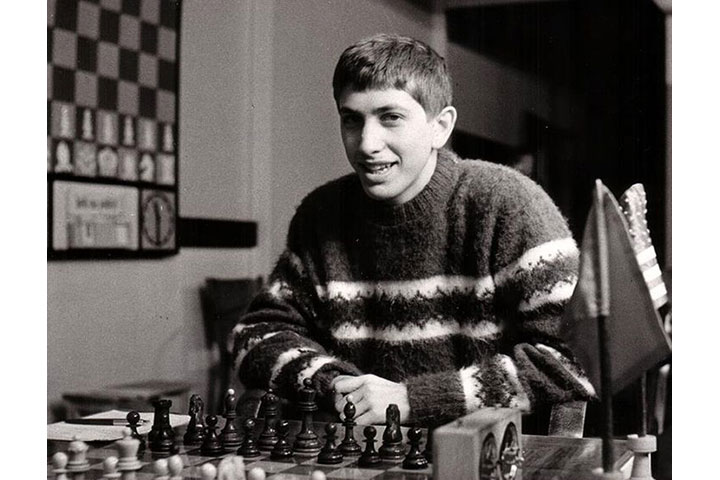As usual Zoran Petronijevic sent the best solution, and here are his conclucions:
- The initial position of our analysis (after 36.Qe1) is even.
- 36…Qf4 is imprecise and leads to a slight edge for White.
- 37.Rd4 gives White a slight edge.
- 38.Qe4 is dubious and leads to an even position.
- 40.Rd1 is a cautious move that gives Black a slight edge.
- 42.Rd7 shows that Fischer liked to play actively.
- 43.g3 is a clear mistake after which White is lost. It is interesting that Bronstein in his comments liked this move! Either 43.f3 or 43.Bc2 was better.
- After the strong 43…hxg3 Black is winning.
- 47…Rh8 is dubious. Stronger was the strategic move 47…Kf6, after which Black should win. Still, 47…Rh8 does not spoil the win.
- 50.Rf2 is dubious. More resilient was 50.Bd1, although White should not survive if Black plays precisely.
- 50..Kd6 is dubious. After 50…e4 Black has a winning position.
- 53…g5 is a nice breakthrough, after which Black should win.
- 56…Rh1 is dubious. Better is 56…Rh5, which gives Black a winning position. Still, the game move does not spoil a win.
- Bronstein’s decisive mistake was 57…e4, after which the position is drawn.
Links


